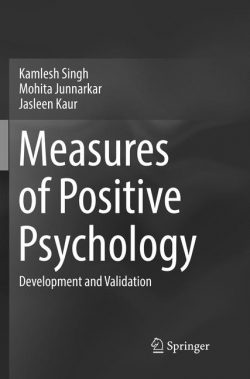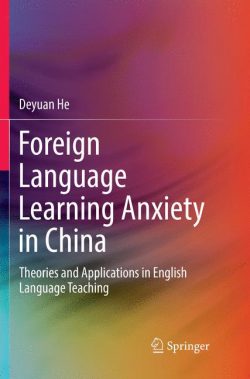This book examines research on creative thinking, both current and historical. It explores two dimensions of human thought (time and space) and two modes of thinking (conscious and unconscious) as well as both left and right brain functions and artistic and scientific creative activities. The book proposes a “Double Circulation” model of creative thinking and argues that imagery thinking, intuitive thinking and logical thinking are main parts of creative thinking and that dialectical thinking and horizontal-vertical thinking are the guides for highly complex problem-solving thoughts and strategies.The book focuses on education and psychology and also covers how to use ICT to promote students’ creative thinking skills.
Researchers will benefit from the “Double Circulation” model, which provides a new perspective on conducting creative thinking research. The book is also a valuable resource for graduate students in the fields of educational technology and psychology and for all readers who are interested in creative thinking.
Introduction.- Basic forms of human thought.- Status Quo and existing problems in creative thinking research.- A model of creative thinking: the mental model of DC.- Theoretical basis of creative thinking – the DC model.- Cultivation of creative thinking.
He Kekang is currently an Honorary Professor (tenured professor) at Northeast Normal University and the director of Beijing Normal University’s modern education technology research institute. He has successively won the state education ministry and the Beijing Municipal Science and Technology Progress Award six times since 1978.
He was awarded the title of expert with outstanding contributions by the National Ministry of Personnel in 1992, was named one of the outstanding teachers in Beijing in 1993, ranked among the famous university instructors in Beijing in 2006, and was selected as the national Baogang excellent teacher in 2007.
From June 2001 to May 2006, Prof. Kekang was appointed director of the national Education Ministry Educational Technology Professional Teaching Steering Committee. He is currently Director of the National Teacher Education Informatization Experts Committee, Director of the China Educational Technology Association’s Academic Committee, First Vice-Chairman of the Global Chinese Society on Computers in Education (GCSCE), and an Editorial Board member of the internationally respected Journal of Computer Assisted Learning (JCAL).
For many years, Prof. Kekang and his research team have been engaged in the fields of education informatization engineering, primary and secondary school teaching reform experiment and education innovation theory.
This book examines research on creative thinking, both current and historical. It explores two dimensions of human thought (time and space) and two modes of thinking (conscious and unconscious) as well as both left and right brain functions and artistic and scientific creative activities. The book proposes a “Double Circulation” model of creative thinking and argues that imagery thinking, intuitive thinking and logical thinking are main parts of creative thinking and that dialectical thinking and horizontal-vertical thinking are the guides for highly complex problem-solving thoughts and strategies.The book focuses on education and psychology and also covers how to use ICT to promote students’ creative thinking skills.
Researchers will benefit from the “Double Circulation” model, which provides a new perspective on conducting creative thinking research. The book is also a valuable resource for graduate students in the fields of educational technology and psychology and for all readers who are interested in creative thinking.
Provides insights into developing children’s creative thinking skills
Develops a new model for creative thinking
Allows readers to understand creative thinking in a brand new way





